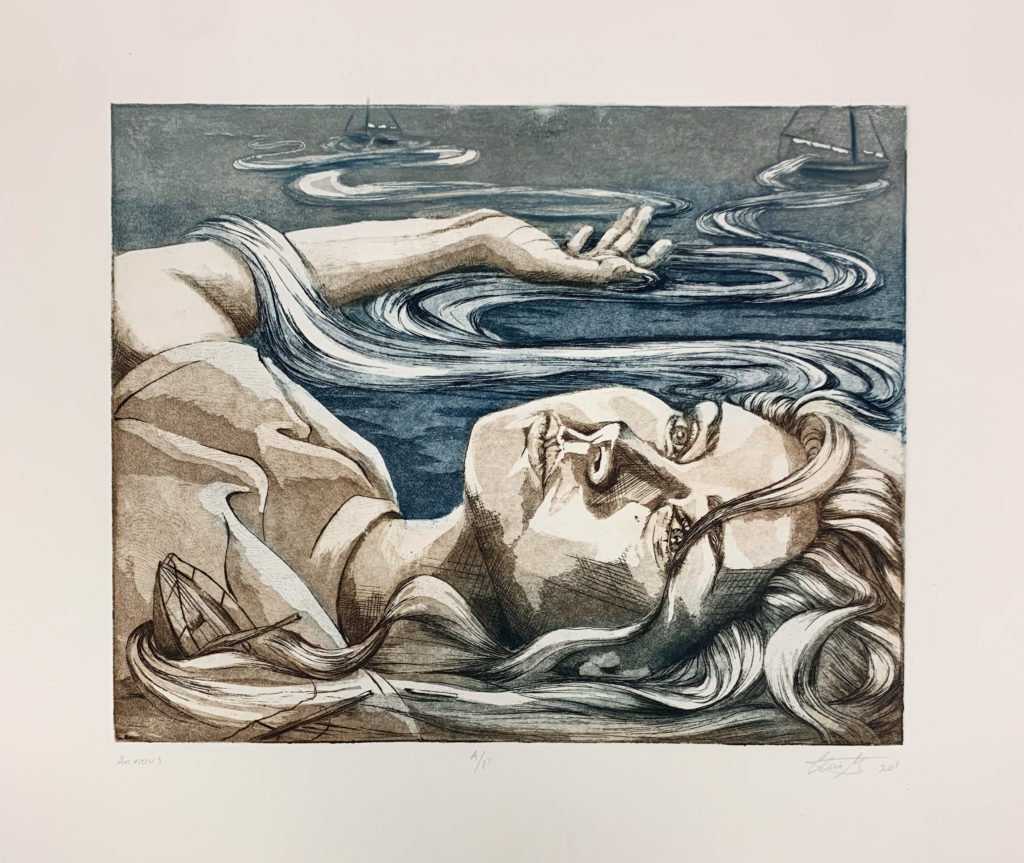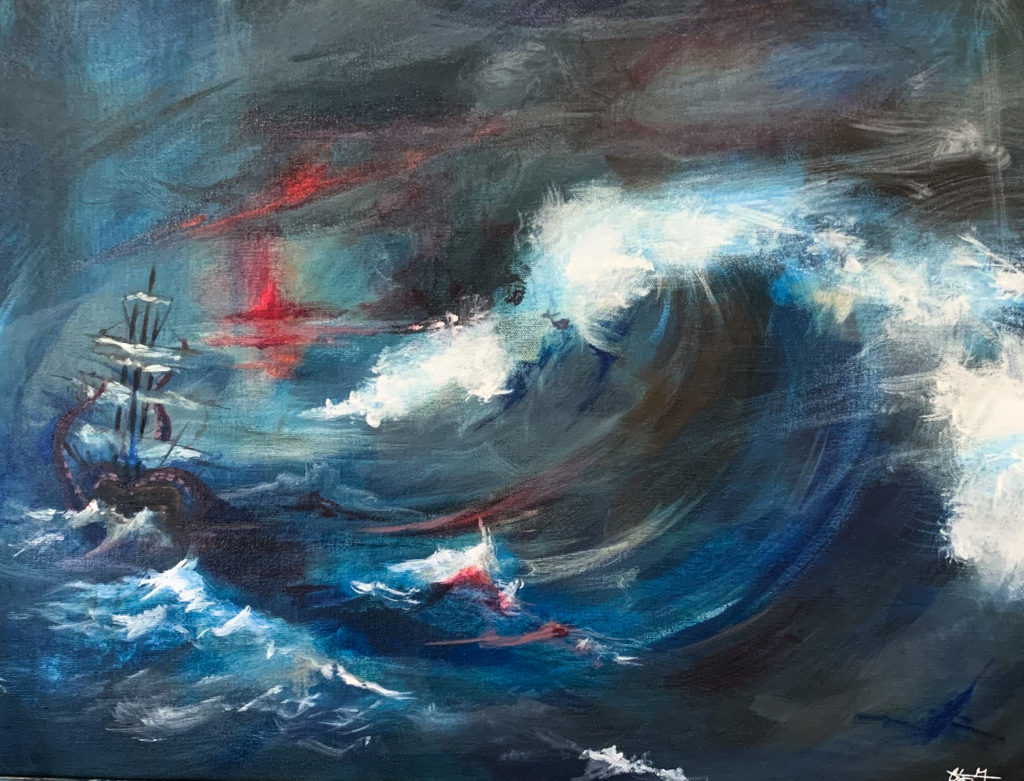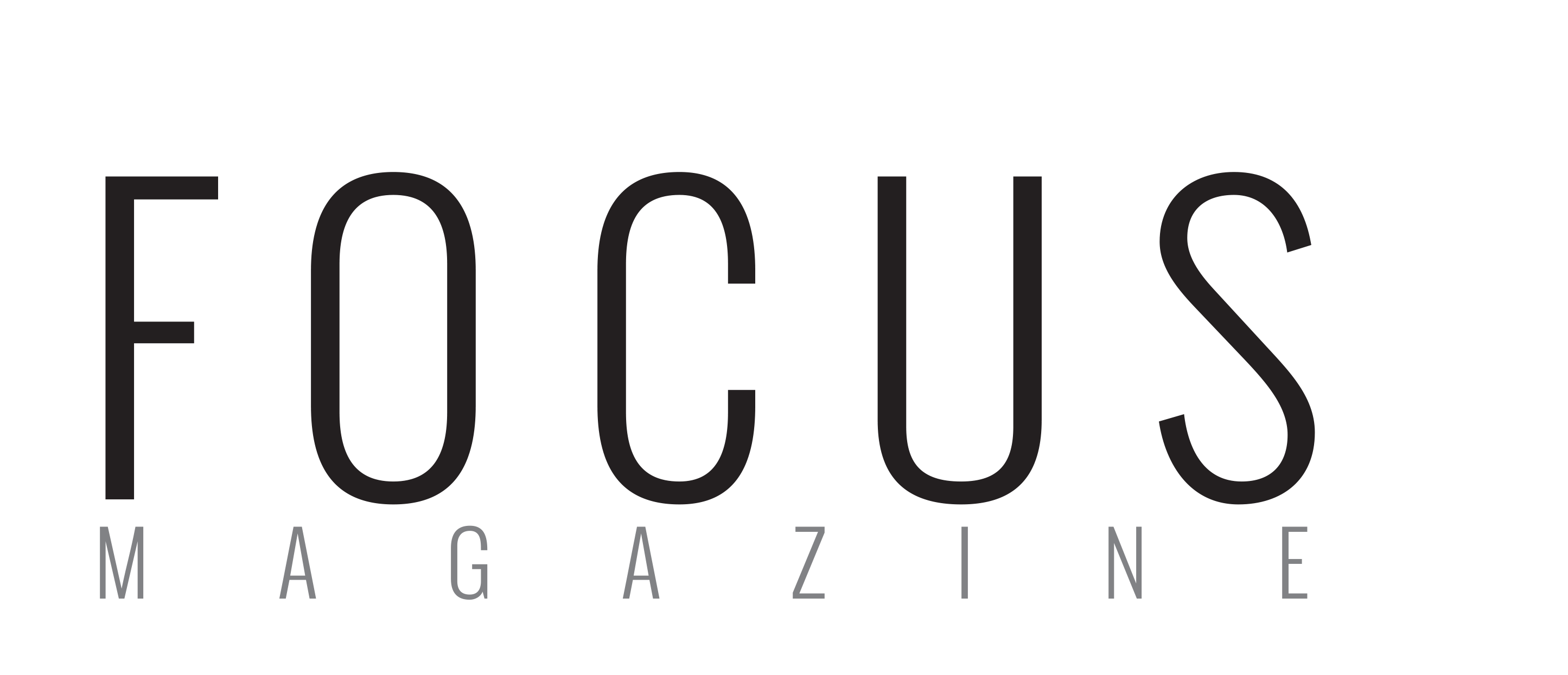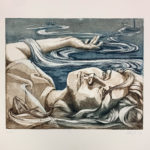Story by Emma Whitt
Art by Claire Gustafson

No movies, no galleries, no museums, no concerts—quarantine felt eerily like it could be the death of the arts. But for Claire Gustafson it was just the opposite. In spite of many businesses struggling through the pandemic, Gustafson actually found a way to launch her own art business during lockdown.
Gustafson started painting as casually and innocently as one can—as a preschooler. But she became determined to become an artist after creating a portrait for her cheer coach in high school.
“It was [of] her daughter with Down syndrome and her other daughter, and it was just a picture of the two of them together,” Gustafson recalls. “When I gave her the final image, she cried in front of me.”

Since, Gustafson has loved doing commissions. They make her feel she and her clients can work together to create something powerful. “I think it’s just a really neat connection that you can make with other people.”
Gustafson began using social media as a way to show people her art two years ago. Most of her commissions come to her through direct messages on Instagram. In the beginning Gustafson was selling her watercolors for a “fairly cheap” price, but quarantine was a game changer.
When the spread of coronavirus caused a lockdown, Gustafson saw an opportunity to expand her art business. Specifically, through the app that entertained much of the world through quarantine—TikTok. Gustafson’s TikTok account (@gustofwindart) includes comedic sketches of her in a wig imitating Bob Ross, videos of her lip synching to catchy songs while holding up her paintings and behind-the-scene videos of how she makes her art. “It sounds kind of silly, but it [TikTok] has really helped me expand and have more eyes on my art,” Gustafson said.
TikTok also gave Gustafson the opportunity to explain her art and get personal with her followers. A perfect example of this exists in a video showing her in the process of making an intaglio (a specific printmaking technqiue) piece. The script over the video explains that the piece is about dealing with trauma. “Instead of facing the emotions we instead just become numb to them. Sometimes we feel tangled up in so much it seems easier to try and just not feel anything.”

Using the TikTok app not only helped Gustafson show off her art, it also helped her find community. “I’m actually in an art-like group… where we do weekly meetings, and we talk about different ways that we can promote our businesses,” Gustafson said. “We talk about different ways that we can promote our businesses and different collaborations we can do together and just like helping each other out as artists.”
Using her art as an outlet during quarantine helped Gustafson not only succeed in a business sense, but it also helped her on a more emotional level. “I deal with a lot of anxiety and depression, so being able to just kind of busy myself doing something I loved was really nice,” she said.
As Gustafson continued to create art, her brand and style became more distinct. Scrolling through Gustafson’s Instagram and TikTok, one notices that there is a trend of blue waves, boats and flowing water. “Water for me is something that’s very calming,” Gustafson said. “I had a pretty traumatic experience two years ago, and after that I really started to use water as something to help me cope with that.”
Amid a global pandemic, Gustafson was able to find a silver lining. She admits that before quarantine started, “I barely had time to breathe,” and, strangely enough, “If I hadn’t had quarantine, I wouldn’t have this business at all.”


